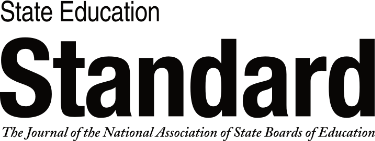Great organizations have a clear sense of what they want to accomplish and how they are going to get there. For state boards of education, this vision and roadmap are typically articulated in a strategic plan. The best plans are living documents that guide state board actions or multiple years; lesser plans gather dust.
What separates the two? The answer lies partly in what the plan includes, partly in the process by which state boards arrive at the plan, and in large measure by what happens after the state board approves the plan.
Roadmap to Excellence: Strategic Planning for State Boards
Also In this Issue
Effective State Education Governance
By Arnold F. ShoberNo one model is clearly superior, but relationships, talent, and shared loyalty are marks of governance systems that get things done.
Roadmap to Excellence: Strategic Planning for State Boards
By Abigail Potts and Paolo DeMariaSavvy boards can increase the odds their plans will live, breathe, and have measurable impact.
State Takeovers: No Silver Bullet for School District Improvement
By Beth SchuelerOn average, takeover fails to improve achievement measures, but how it is done matters a lot.
Harnessing the Power of Evidence-Based Policymaking
By Heather Boughton and Sara KerrState boards should lean into education data and work to overcome challenges to doing so.
State Boards and the Governance of Early Childhood Education
By Elliot RegensteinAs states seek to bring coherence to the disparate systems that have a hand in early education and care, state boards have key roles to play.
The Role of Teachers Unions in School Governance during COVID-19
By Sara Dahill-Brown and Lesley LaveryWhile relationships with school leaders were contentious in places, many districts benefited from collaborative ones.








 i
i
 i
i
 i
i